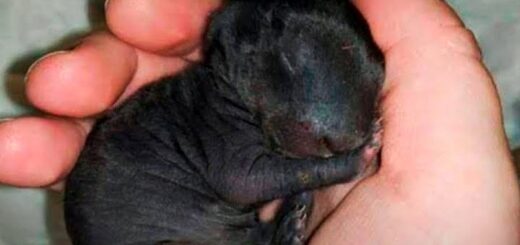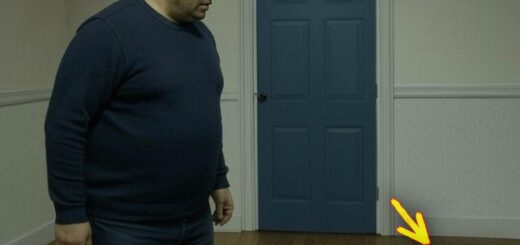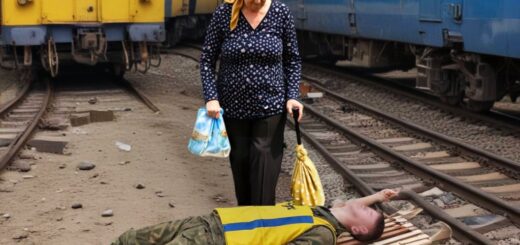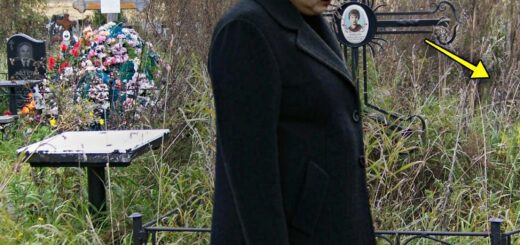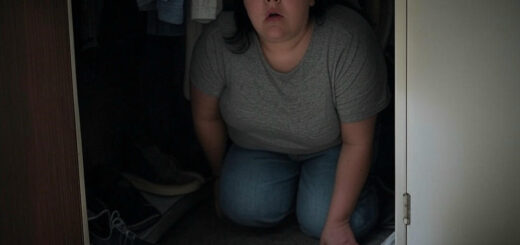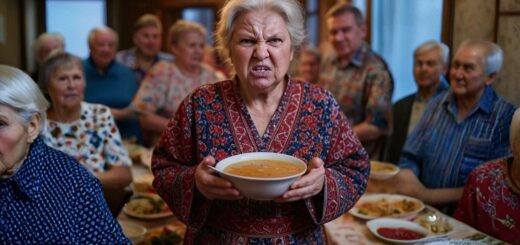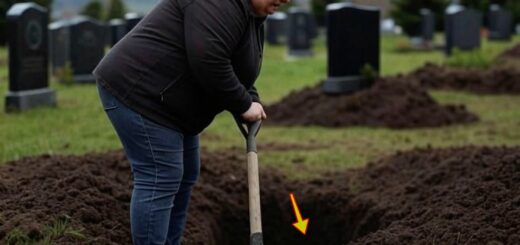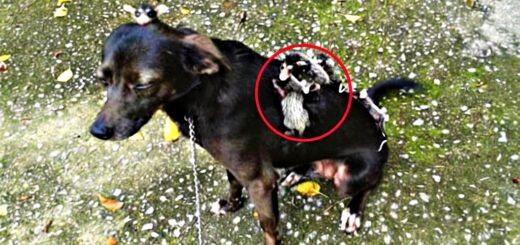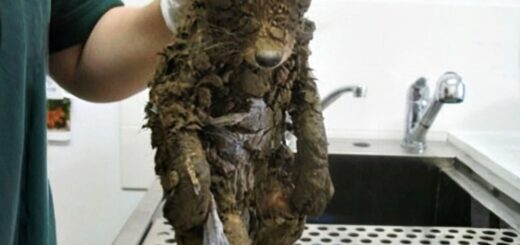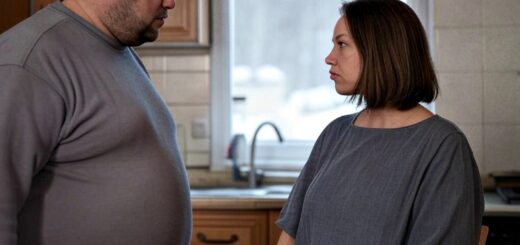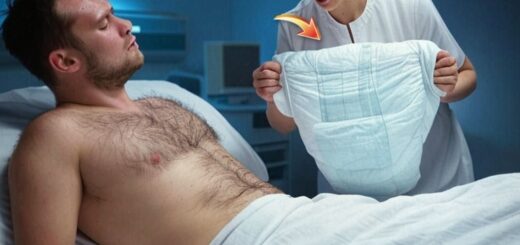Three ladies snap a picture together. A century later, researchers take a closer look and are totally blown away
The topic was altogether depressing, but she bottled her emotions and faced them head on. Marcus, her research assistant, was a ball of enthusiasm, nothing like herself. He always found the little details noteworthy, but never truly insisted on deep research unless it was truly relevant.
This new case, it seemed, was definitely of some importance, at least to him. Can we use facial recognition software on the archival image to get more information? Marcus pleaded, almost excited, or too excited at this point. If we could enhance this photograph, it could really help our research efforts.
I’ve drafted the request letter. All I need is your permission. Sonia considered his plea a moment longer before responding with a curt nod.
Marcus’s unusually excited state was a rare but intriguing sight. For some reason, it gave her hope for a groundbreaking discovery. Little did she know how true this would prove to be in the course of their research.
Three weeks later, Sonia stared at her computer screen, comparing the enhanced image with other articles and images from the Thomas Himmel database. When nothing of importance sprung up, she extended her search to other areas, like weaving archives and medical journals. Marcus has done the bulk of the work, tracing and interviewing everyone related to the strange picture.
At first, the mission was to study the image and figure out Penelope’s identity, seeing that she was the only one out of the three girls without a follow-up story. However, the more they studied, the more their object of focus shifted from Penelope to Pearl. The youngest in the photo.
For some reason, the pair suspected something strange about her and her story. Sonia zoomed into Pearl’s picture, capturing her every essence with scrutinizing slits. She examined her face, skin tone, hair, and posture under the sepia lighting, matching every detail with the help of the medical journals spread across her desk.
After two days of trying, she finally found a breakthrough. The university’s advanced digital imaging system had revealed something in the original photograph that had gone unnoticed for over a century. Her heart raced as she realized the implications of what they’d found.
This changes everything we thought we knew about textile mill workers’ health outcomes, she whispered, reaching for her phone to call Marcus. Get me Dr. Harold from the medical history department. That evening, Sonia found herself addressing a room filled with professors and historians, many of which came from the medical history department.
Behind her, projected on an enormous screen, was the Thomas Himmel photograph from 1912, digitally enhanced to show details invisible to the naked eye. Greetings, everyone, she began. What you’re looking at is perhaps one of the most significant historical medical discoveries of the decade.
Three young girls photographed outside the Porte Mill in Gastonia, North Carolina in 1912. Like thousands of children during that era, they worked long hours in dangerous conditions, constantly inhaling cotton fibers and lint that typically led to respiratory diseases and early death. She clicked to the next slide, showing a zoomed-in image of Pearl Turner’s face…

